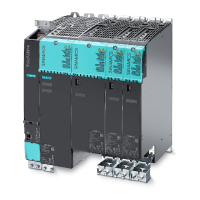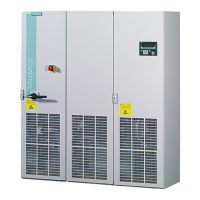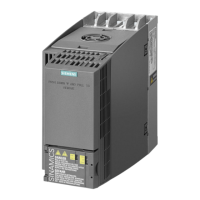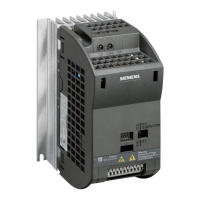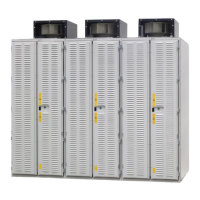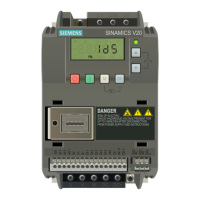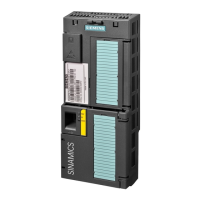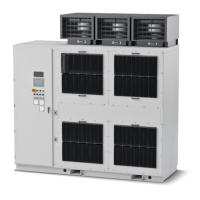Commissioning
4.18 Fine calibration and tuning
Hydraulic Drive
System Manual, 04/2015, 6SL3097-4BA00-0BP1
117
Differences in the characteristic data may be caused as follows:
● Theoretical valve: Real valve
● Lines: Control pressure = f(Q)
● Additional valves; shutoff valves; filters; throttles (pressure measuring plates)
Controller optimization D component
Relevant machine data:
● p1465: HLA velocity controller rate time A (rate time T
V
of the velocity controller A)
● p1466: HLA velocity controller rate time (rate time T
V
of the velocity controller)
● p1467: HLA velocity controller rate time B (rate time T
V
of the velocity controller B)
● p1464: HLA velocity controller D component smoothing time constant (smoothing time
constant velocity controller)
The positive phase displacement of the derivative term can be used to actively damp the
controlled system for a f
③
type.
The derivative-action time constant/corner frequency parameters must be set to values
higher than the minimum natural frequency of valve and drive.
Test run:
● The rate time can be increased if better damping is required:
● Keep the old values if damping is not improved.
(see diagram, frequency response of the controlled system - f
①
)
The smoothing time constant is set to values ≥1 ms as a function of the controlled system for
"Calculate controller".
Derivative action increases the actual value noise, which is why a compromise must be
found here between:
● derivative action (and thus oscillation damping)
p1464
, set as low as possible, i.e. high corner frequency of D component or wide D-
action frequency range)
and
● noise behavior of the manipulated variable
Also here, the optimization criterion is the maximum acceptable overshoot of the velocity
control loop.
The main area of application is the valve cylinder combination f
③
with values T
V
≫ 0.
For applications f
①
+ f
②
(see diagrams), for T
V
≳ 0, improved damping characteristics can
only be expected at specific points, generally, T
V
= 0 is the best selection here.
Note
You can add a second downstream iteration loop to add
itionally improve the response
(optimize the P and D component).
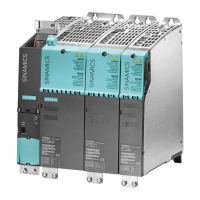
